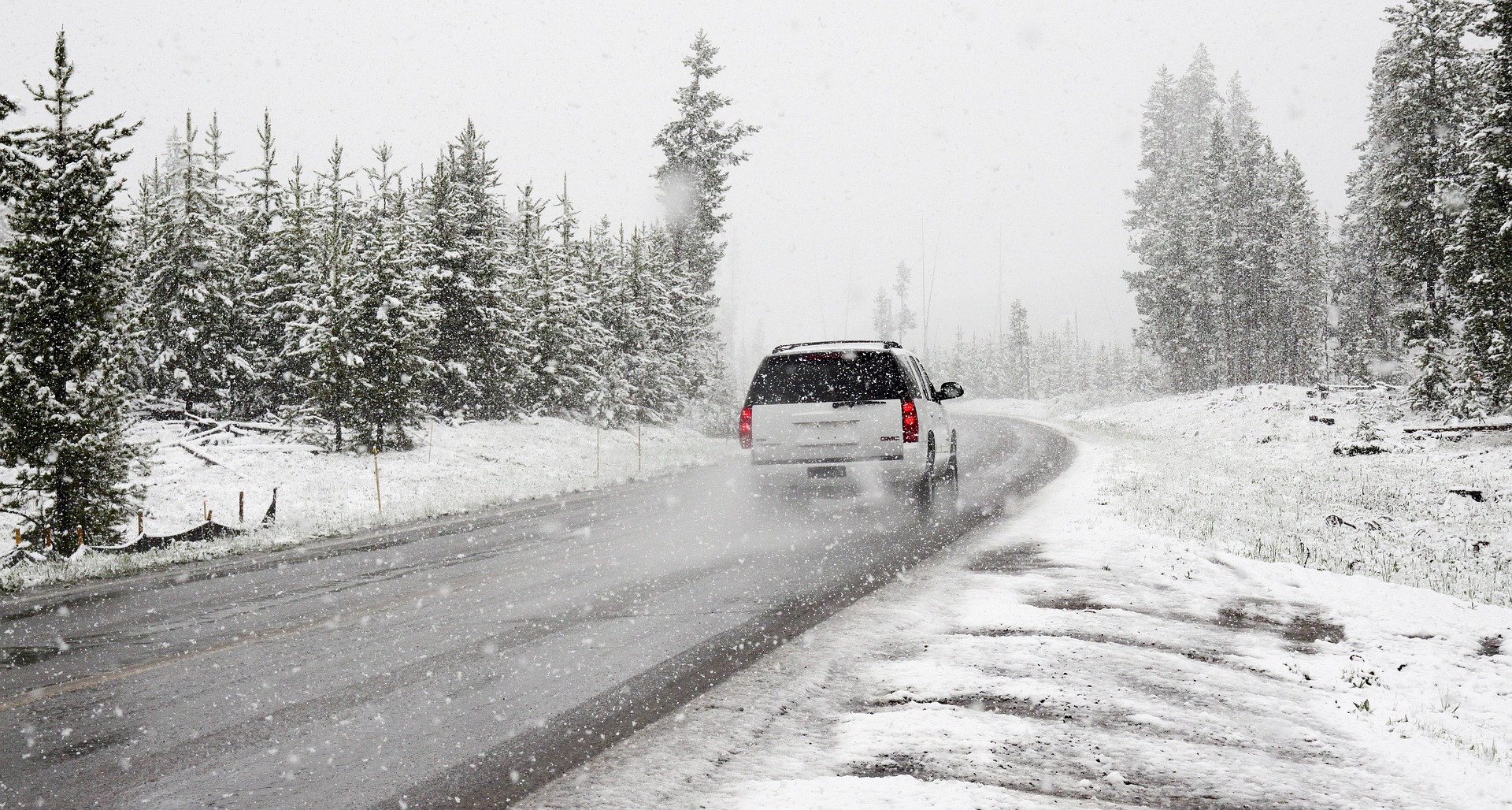Hello there! Winter is coming, and with it, the annual task of clearing your driveway, sidewalks, and parking lots. Snow removal isn’t just about making your outdoor space usable; it’s also a crucial step in preventing accidents caused by slipping on icy surfaces. Today, we’ll delve into the world of snow removal equipment, discussing everything from snow shovels to snow blowers, plows, and even salt spreaders.
Understanding Different Types of Snow Removal Equipment
Let’s begin by understanding what tools are at your disposal when Jack Frost visits.
Snow Shovels
Your first line of defense against a snowy driveway is the humble snow shovel. Lightweight and easy to use, shovels are perfect for clearing small to moderate amounts of snowfall. They’re budget-friendly and require no power source, making them a green choice. However, they can be physically demanding, especially with heavy or wet snow, making them less suitable for large areas or those with physical limitations.
Snow Blowers
If you’re faced with frequent heavy snowfalls or have a large area to clear, a snow blower might be a good fit. These high-quality snow removal tools come in various types, including single-stage, two-stage, and three-stage models. While they require more investment than shovels, their effectiveness in dealing with large volumes of snow is unmatched.
Snow Plows
Snow plows are generally used for larger, flat areas like roads and large driveways. They attach to a vehicle, such as a truck or ATV, and clear large paths of snow in a single pass. They’re efficient but also require a significant investment and are more complicated to use than other types of snow removal equipment.
Salt Spreaders
Finally, we have salt spreaders. These devices spread salt (or other de-icers) to melt residual snow and ice and prevent further accumulation. They’re often used after shoveling, blowing, or plowing to take care of slippery patches.
Factors to Consider When Choosing Snow Removal Equipment
When choosing the right snow removal equipment, consider the amount and frequency of snowfall in your area, the size and type of area you need to clear, your physical capability, and, of course, your budget. Consider snowfall clearing techniques and pick a tool that fits your needs.
How to Use Snow Removal Equipment Safely
Now, let’s talk about safety. Each type of snow removal tool has its own set of precautions. Shoveling requires proper lifting techniques to avoid back strain. Snow blowers and plows require careful operation to avoid injury. Always read and follow the manufacturer’s safety instructions.
Maintenance and Storage of Snow Removal Equipment
Regular maintenance of your snow removal equipment is vital to keep it working effectively. This includes cleaning after use, regular checks for wear and tear, and proper storage. Ensure your tools are stored in a dry, protected area to prevent rusting and other damage.
Conclusion
In conclusion, preparing for winter with the right snow removal equipment makes the season more manageable. Whether it’s a shovel, snow blower, plow, or salt spreader, choose the tool that best fits your needs and remember to prioritize safety.
Call to Action
Ready to find the perfect snow removal equipment for your needs? Browse our extensive range of snow removal solutions for large areas, and feel free to reach out if you have any questions.
Frequently Asked Questions
What’s the most effective snow removal tool? The effectiveness of a tool depends on your specific needs. Snow shovels are great for small areas and light snow, while snow blowers and plows are ideal for larger areas or heavy snowfall.
How can I maintain my snow blower? Regular cleaning, checking for damage, replacing worn parts, and proper storage can help maintain your snow blower. Always refer to your user manual for specific instructions.
Can salt spreaders be used with other de-icers? Yes, most salt spreaders can be used with various de-icing materials. However, it’s best to check the manufacturer’s recommendations before use.
